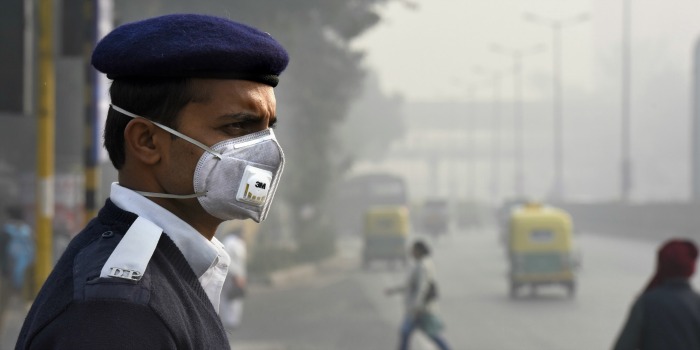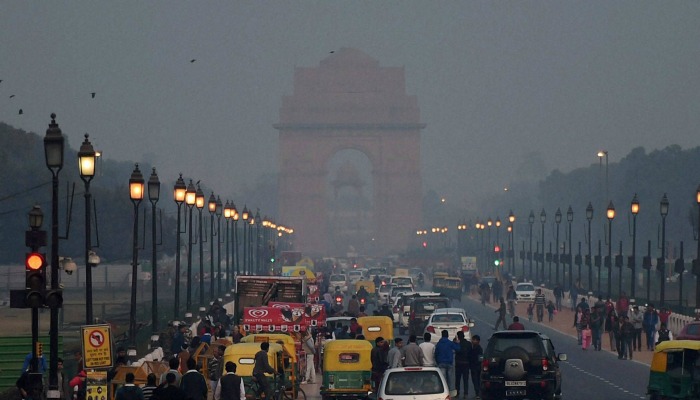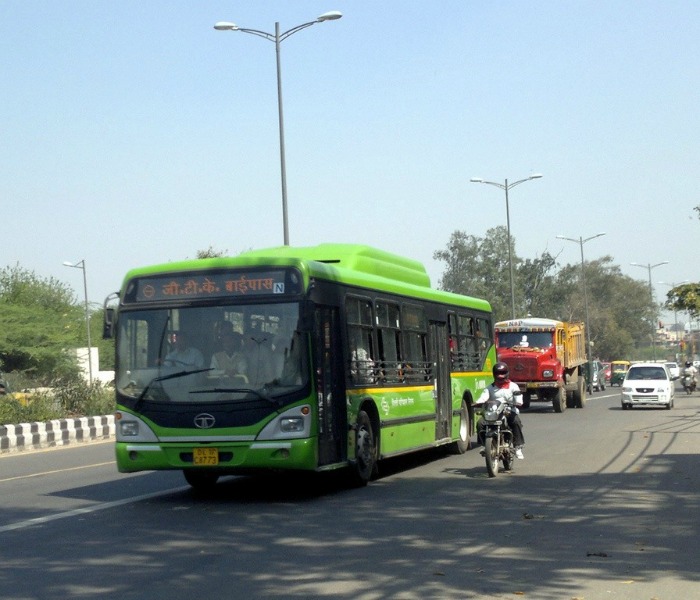What Are Exoplanets And How NASA Detects Life Beyond Our Solar System
Bharti Airtel Set To Acquire Telenor India Within This Year
Google Celebrates NASA’s Discovery Of Seven Earth-Like Planets With An Animated Doodle
Some Home Remedies That Might Sound Bizarre But Actually Work Like A Charm
Akshay Kumar Feels He Has Made Enough Money, Now Wants To Focus On Content & Characters
Delhi ATM Dispenses Fake Rs 2000 Notes From ‘Childrens Bank of India’ With ‘Churan Lable’
Adolf Hitler’s Personal Telephone During World War II Is Up For Auction In The US
From Salman Khan To Rekha, Neil Nitin Mukesh’s Wedding Reception Was Quite A Starry Affair
Delhi Is not The Most Polluted City In The World Anymore And It Not Because Of Odd-Even
Delhi is not the most polluted city in the world any more, according to the World Health Organisation's (WHO) urban air quality database released on Thursday. In fact, it now ranks 11th among 3,000 cities in 103 countries in terms of PM 2.5 (fine, particulate pollution) and 25th in terms of PM 10 (coarse pollution particles) levels. This is though a considerable improvement since 2014 when Delhi was ranked the most polluted city in terms of PM 2.5 levels, WHO had monitored only 1600 cities last time. This time 1400 more cities have been included in the database. Zabol in Iran is the most polluted city in the world according to the database. Gwalior and Allahabad are a close second and third in terms of PM 2.5, which is associated with more serious health impacts than PM 10. Patna and Raipur rank 6th and 7th. Totally, four Indian cities are among the world's ten most polluted cities, 10 out top 20 are also in India. In WHO's 2014 report, 13 out of 20 most polluted cities were in India.
Delhi's annual PM 2.5 mean for 2013 (second half) is 122 micrograms per cubic metres according to WHO's latest report compared to 153 micrograms per cubic metres as per WHO's previous report. Delhi's annual mean is about three times the Indian safe standard and 12 times the WHO standard of 10 micrograms per cubic metres. Chinese cities Xintai and Baoding are at ninth and 10th in the ranking, Beijing ranks far below at 56th. Beijing was at 75th last time. Sinclair in US is the least polluted city with an annual mean of only 2 micrograms per cubic metres.
WHO used data from various government and research organisations for the database, it's based on ground measurements of annual mean concentrations of particulate matter (PM 10 and PM 2.5) and "aims at representing an average for the city or town as a whole, rather than for individual stations. Years of measurements range from 2010 to 2015, unless the latest available data was older," the report said.

Experts said Delhi's efforts to control air pollution may have reflected in the improvement in ranking. Some however also raised an interesting point - WHO has been mainly focusing on particulate matter (PM) but not so much on oxides of nitrogen (NOx) which is a problem in many parts of the West. "To get a more accurate and balanced picture of air quality globally, WHO should have taken NOx in to account too. NOx levels are in high in many parts of Europe too," said an expert.
Global trends since 2008 show air pollution levels have gone up by 8% despite improvements in many cities. WHO in its statement also said urban air pollution levels were lowest in high-income countries, with lower levels most prevalent in Europe, the Americas, and the Western Pacific Region but highest in low-and middle-income countries in eastern Mediterranean and South-East Asia Regions, with annual mean levels often exceeding 5-10 times WHO limits.






